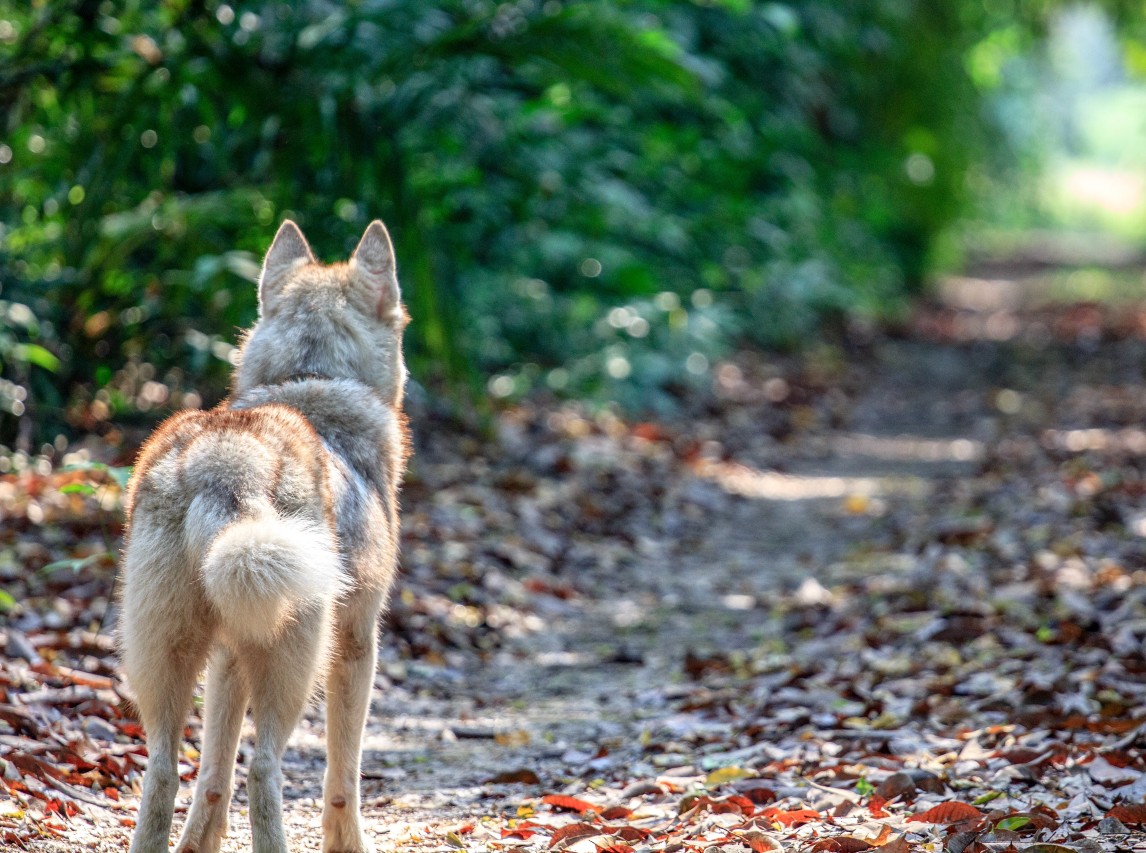I live in South Florida in a house that borders a sprawling, old Florida style golf course. It is deliberately planted with native trees and plants and is surrounded by pools and creeks of tidal water. We share the landscape with ospreys, red-tail hawks, ducks, egrets, pink spoonbills, to name a few birds. There are plenty of squirrels, rabbits, and deer, plus your garden variety of water and reptilian residents (thankfully no alligator sightings to report). Everyone seems to peacefully co-exist and flourish.
Early one morning this week I was sipping my coffee, preparing for my day, and I looked up from my computer to see the neighbor’s bird feeder swarming with birds. To my delight the neighbor had returned from his northern residence and placed a new feeder near our property, a win for me. No need for me to buy birdseed and fuss with the mess made by birds spitting seeds all over my lawn. This morning a pair of Whistler ducks had returned to feed, as well as roughly five other species. About 25 total birds were finding their way to the seed.
Suddenly one of the ducks started squawking at the other one. I’m no bird whisperer, so I thought the male was scolding the female. While I was still trying to figure it out, all the birds flew away. I had returned to my day’s preparation when I was again distracted, this time by a coyote running across the width of my yard in the direction of the bird feeder. Correction, duck translation: we need to get the heck out of here. I smell coyote.
I have been hired a handful of times in organizations where one of the biggest disruptions was a known “coyote”. Interestingly, the executives completely overlooked the impact this wild employee had on the performance of other employees. This is so common that you may be thinking, “Grow up. We are all adults and everyone has to learn to get along with different personalities.” Sure, sure. That’s one way of looking at it, expect the employees to cope or adapt to the disrupter. But, it’s also the easy way out for managers. Remember, every employee’s primary job is to help the company achieve its goals. A “coyote” creates a disruption in performance by diverting their attention from their primary tasks; they steal energy that should be directed toward work. Isn’t it the manager’s job to remove impediments that threaten high performance? Addressing the interloper may not be easy, but it is still necessary.
Coyotes are predators and don’t belong in the workplace. Your staff should trust that they won’t have to abort their work or worse, leave the company, to secure their work setting. If you are a manager, you should be sure to have the skill to unapologetically confront difficult employees. It should be your policy and practice to manage this type of threat ceaselessly, from the recruitment process, to corrective action, and, if necessary, termination.
Leaders are responsible for protecting the landscape. If you need help defining your organization’s culture, or coaching you through difficult conversations, please contact me at Karen@sealevelconsulting.com or 561.339.2170. I’d love to help you lead a better performing organization.
